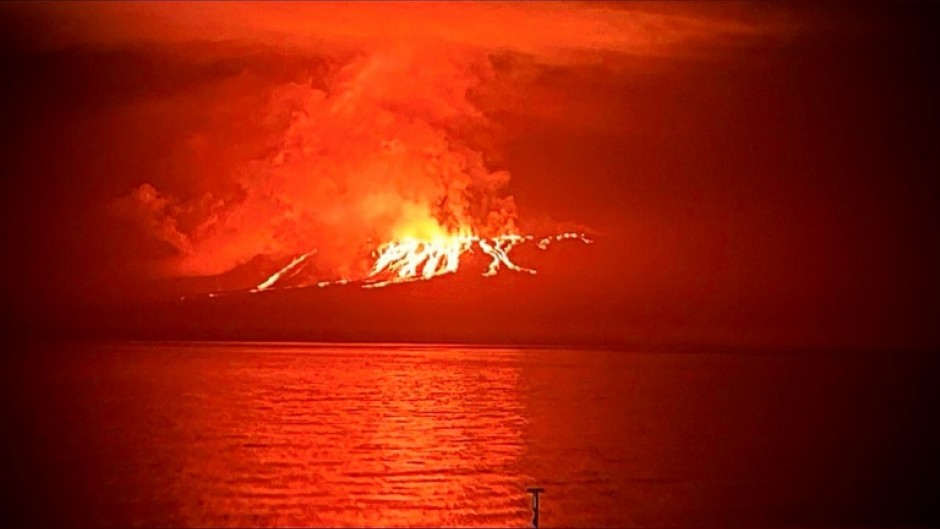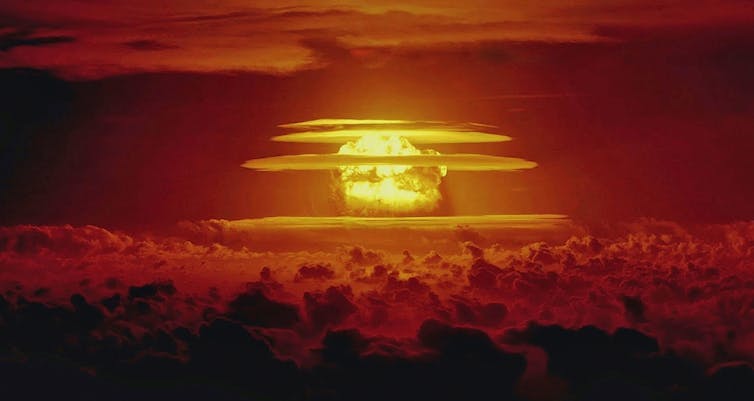
ECUADOR - A volcano on an uninhabited island of Ecuador's famous Galapagos archipelago is spewing lava, authorities said Sunday, potentially threatening an array of unique animal species. The La Cumbre volcano on the island of Fernandina blew its top late Saturday, the South American country's Geophysical Institute said. La Cumbre, which stands 1,463 meters (4,799 feet) high, has erupted three times previously since 2017. The Galapagos archipelago, some 1,000 kilometers (600 miles) off the mainland of Ecuador, has flora and fauna found nowhere else in the world. Observing its wonders led British scientist Charles Darwin to develop his ground-breaking theory of evolution by natural selection in the 19th century. La Cumbre has the highest eruption rate of all volcanos in the archipelago, which is a favorite with tourists. Fernandina, with no hotels or restaurants, can only be accessed for short visits from a cruiseGALAPAGOS NATIONAL PARK/AFP |boat. The Institute said La Cumbre blew a gas cloud about three kilometers into the air, dispersed by the wind without passing over other islands with human settlements such as neighboring Isabela. It said the duration of the eruption cannot be predicted, nor whether the lava will reach the shore, but data on the volcano's activity suggested this one was likely to be greater than those in 2017,...

